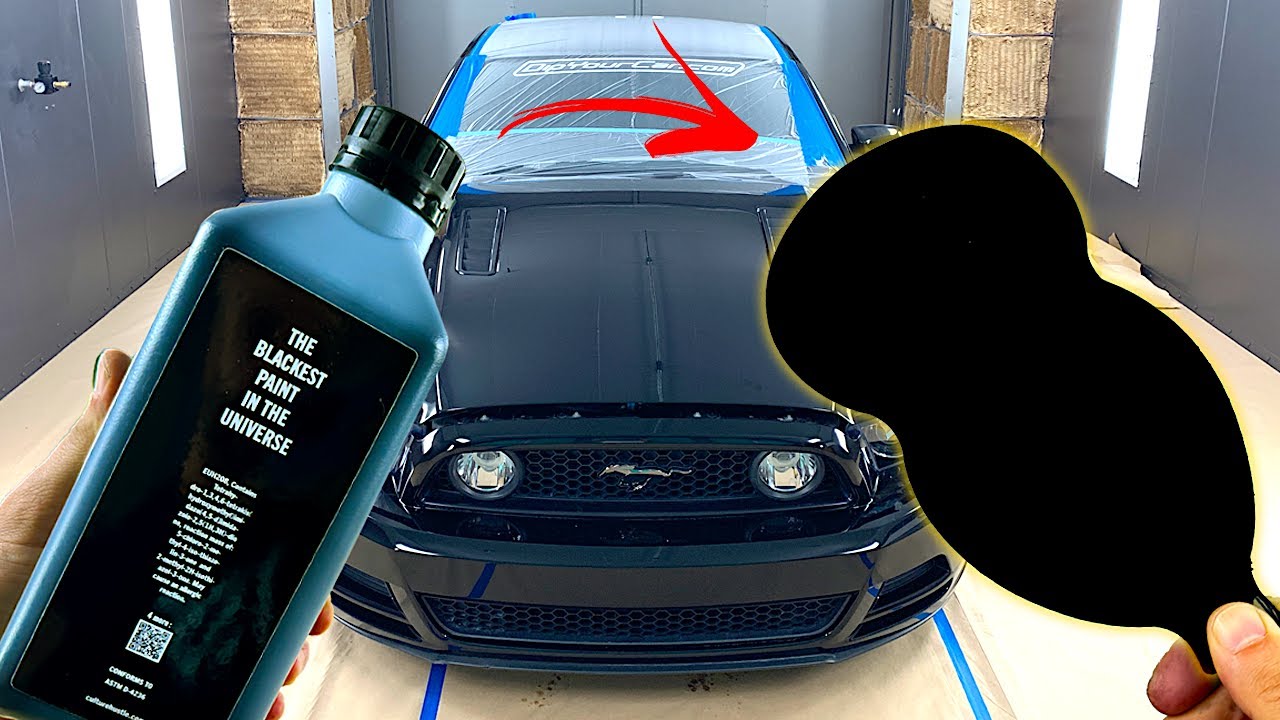Black car paint offers a spectrum of visual effects, from classic gloss to modern matte and deep, light-absorbing finishes. The "blackest" black is often a pursuit of depth, purity, and minimal light reflection, depending on the desired outcome.
Types of Black Car Paint Finishes
- Solid Black (Non-Metallic): This is the traditional, pure black pigment without any metallic or pearlescent additives. It provides a deep, mirror-like gloss when properly polished and maintained. Its "blackness" is determined by the quality and concentration of the black pigment.
- Metallic Black: Contains fine aluminum flakes mixed into the paint. These flakes reflect light, giving the finish a subtle sparkle and a brighter appearance under direct light compared to solid black. The "blackness" can appear less intense due to these reflections.
- Pearlescent Black: Incorporates ceramic crystals (mica particles) instead of metallic flakes. These particles refract light, creating a subtle shimmer and sometimes a color-shifting effect in different lighting conditions, offering a deeper, more complex black.
- Matte Black: A non-reflective finish that diffuses light rather than reflecting it directly. This creates a flat, muted appearance that can look very dark by minimizing highlights. True matte blacks absorb more light than gloss finishes.
- Satin Black: A finish that sits between matte and gloss, offering a slight sheen but without the high reflectivity of a gloss coat. It provides a subtle depth and can appear very dark while being slightly more forgiving than a full matte finish.
- Ultra-Black / Super-Black Coatings: These are specialized coatings engineered to absorb an extremely high percentage of visible light (e.g., 99%+). While achieving the ultimate "black black" look by creating an almost void-like appearance, these are typically very expensive, delicate, and not widely used for standard automotive applications due to durability and maintenance challenges. Their primary use is often in scientific applications or concept vehicles.
Achieving and Maintaining a Deep Black Finish
Pigment Quality: High-quality, densely concentrated black pigments are crucial for achieving a true, deep black. Cheaper pigments may have underlying tones or appear less saturated.
Clear Coat: For gloss finishes, a high-quality, clear, and deep clear coat enhances the perceived depth of the black underneath. Any imperfections in the clear coat will detract from the finish.

Surface Preparation: A perfectly smooth and prepped surface is essential. Any flaws in the base will be amplified by black paint, especially gloss finishes.
Maintenance: Black paint, particularly gloss, is notorious for showing scratches, swirl marks, dust, and water spots. Regular, careful washing with appropriate techniques (e.g., two-bucket method, microfiber towels) and quality protection (wax, sealant, or ceramic coating) are vital to maintain its appearance. Matte finishes require specialized cleaning products that do not add gloss or fill the matte texture.
Color Depth Perception: The "blackness" of a black paint is ultimately a combination of its light absorption capabilities and the smoothness and clarity of its finish, which minimizes scattered light reflection.







